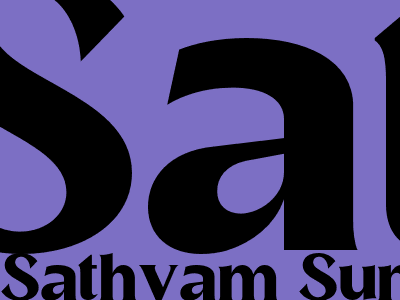
Content Optimization for Improved Google Search Engine Rankings
Optimizing Your Blog Posts for SEO
Hey, budding content creators!
Optimizing your blog posts for SEO is the magic key to unlocking the treasure chest of improved Google search engine rankings. Boosting your organic visibility and attracting a flood of targeted traffic to your online abode is the ultimate goal, right?
Let's dive right into the deep waters of SEO and explore how you can craft your content with precision to make Google fall head over heels for your blog.
Understanding Your Audience: The Secret Sauce
Before you start weaving your SEO magic,
it's time to get up close and personal with your target audience. Know their deepest desires, their burning questions, and the language they speak.
This treasure trove of insights will guide you towards creating content that resonates with their souls, making them crave more.
Keyword Research: Unearthing Hidden Gems
Keywords are the golden nuggets that help Google understand what your content is all about.
Sprinkle them strategically throughout your posts, from the title to the headings and body text.
But remember, keyword stuffing is a major turn-off for Google, so weave them in naturally, like a master wordsmith.
High-Quality Content: The Heart of Your Strategy
SEO is not just about tricking Google; it's about delivering value to your readers.
Craft content that's informative, engaging, and worthy of their precious time.
Think of yourself as a culinary artist, cooking up a delectable dish that leaves your audience craving for more.
Meta Tags: The Silent Messengers
Meta tags are like secret messages that you send to Google, providing a sneak peek into your content.
Optimize your title tags and meta descriptions to accurately reflect the topic of your post and entice readers to click through.
They're like the irresistible bait that draws fish to your hook.
Heading Hierarchy: Organizing Your Thoughts
Use headings (H1, H2, H3, etc.) to structure your content, making it easy for readers to navigate and grasp the flow of your ideas.
Think of it as a well-organized bookshelf, where each section guides readers through your content effortlessly.
Internal Linking: Building a Web of Connections
Interlink your blog posts to create a cohesive web of information.
This not only helps readers explore related topics but also signals to Google the importance of your content.
It's like creating a network of interconnected knowledge, guiding your readers along a path of enlightenment.
External Linking: Sharing the Spotlight
Don't be afraid to give credit where it's due.
Link out to reputable sources to support your claims and demonstrate your commitment to providing accurate information.
It's like inviting experts to join your conversation, adding credibility and depth to your content.
Image Optimization: Visual Storytelling
Images are not just eye candy; they can also boost your SEO.
Use descriptive filenames and alt tags to help Google understand the content of your images.
They're like signposts, guiding search engines to the relevant information within your visual masterpieces.
Mobile Optimization: Catering to the On-the-Go Crowd
With the mobile revolution in full swing, ensuring your blog is mobile-friendly is not a luxury but a necessity.
Make sure your content adapts seamlessly to different screen sizes, providing an optimal reading experience for your mobile-savvy audience.
Social Media Integration: Amplifying Your Reach
Social media is a powerful megaphone for amplifying your content's reach.
Integrate social sharing buttons on your blog to encourage readers to spread the word about your SEO-optimized masterpieces.
It's like giving your content wings, allowing it to soar to new heights and reach a wider audience.
Analytics and Tracking: Measuring Success
Once you've unleashed your SEO-optimized content into the wild, it's time to track its performance and make data-driven improvements.
Use analytics tools like Google Analytics to monitor your traffic, identify top-performing content, and pinpoint areas for optimization.
Think of it as a treasure map, guiding you towards the SEO gold.
Conclusion: The Path to SEO Mastery
Optimizing your blog posts for SEO is an ongoing journey, not a one-time destination.
Stay up-to-date with the latest SEO trends, experiment with different strategies, and always keep your readers' needs at the forefront.
With consistent effort and a touch of SEO magic, you'll climb the Google search engine rankings, bringing your content to the forefront and connecting with a vast audience eager to devour your words.